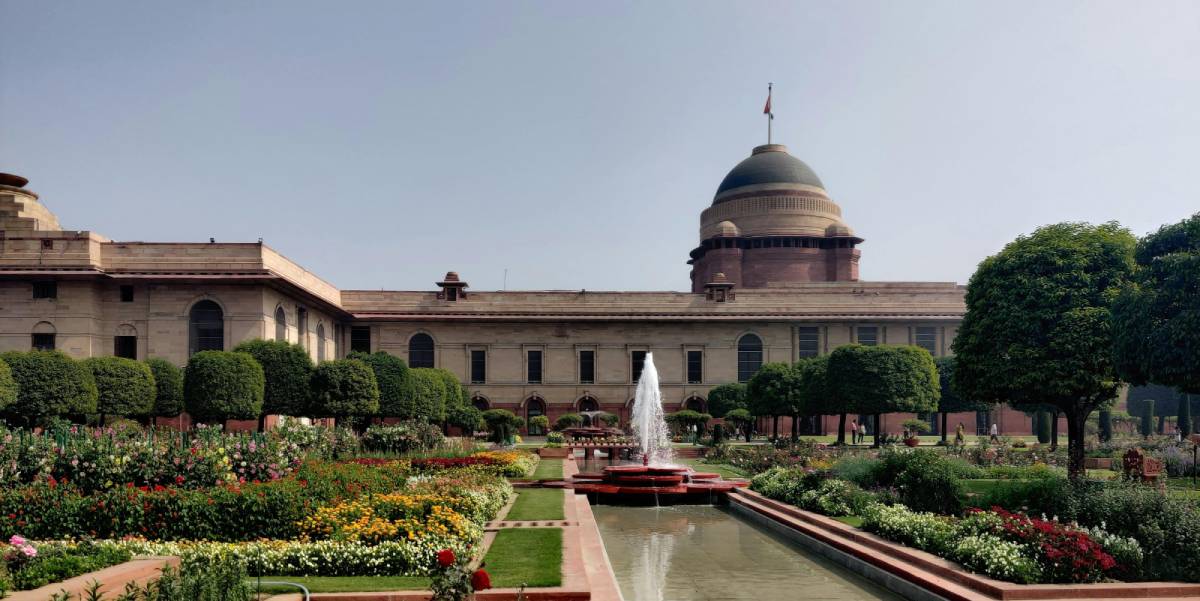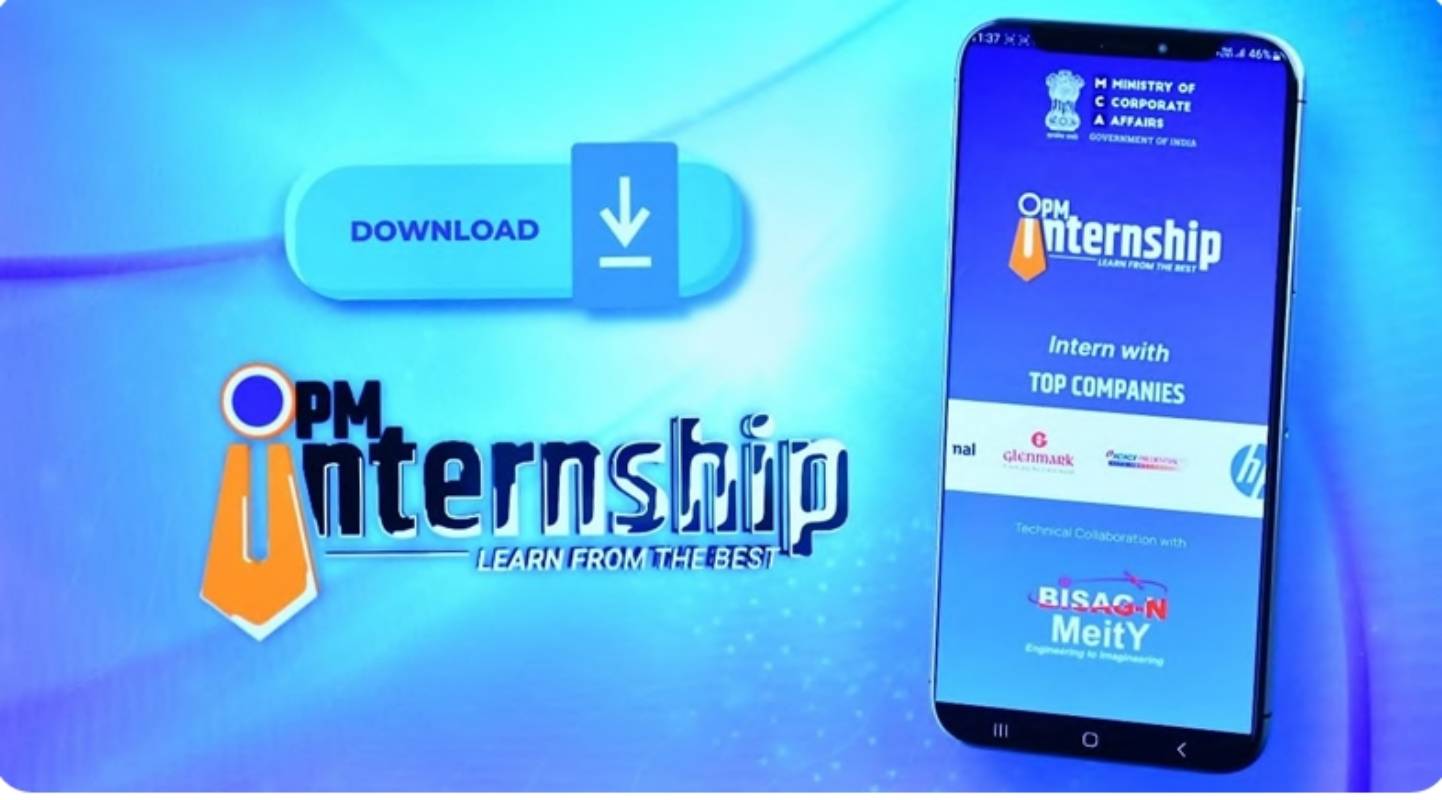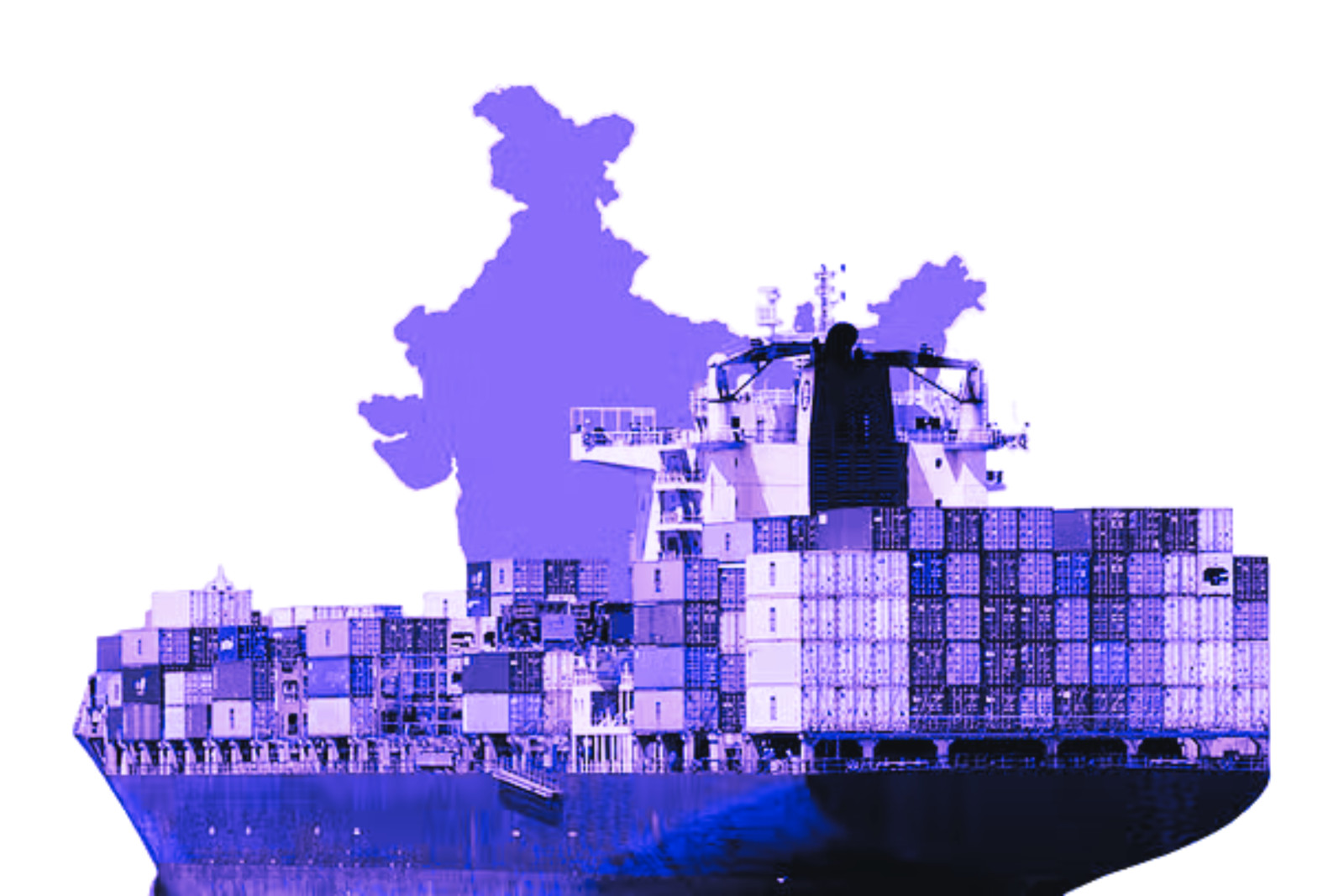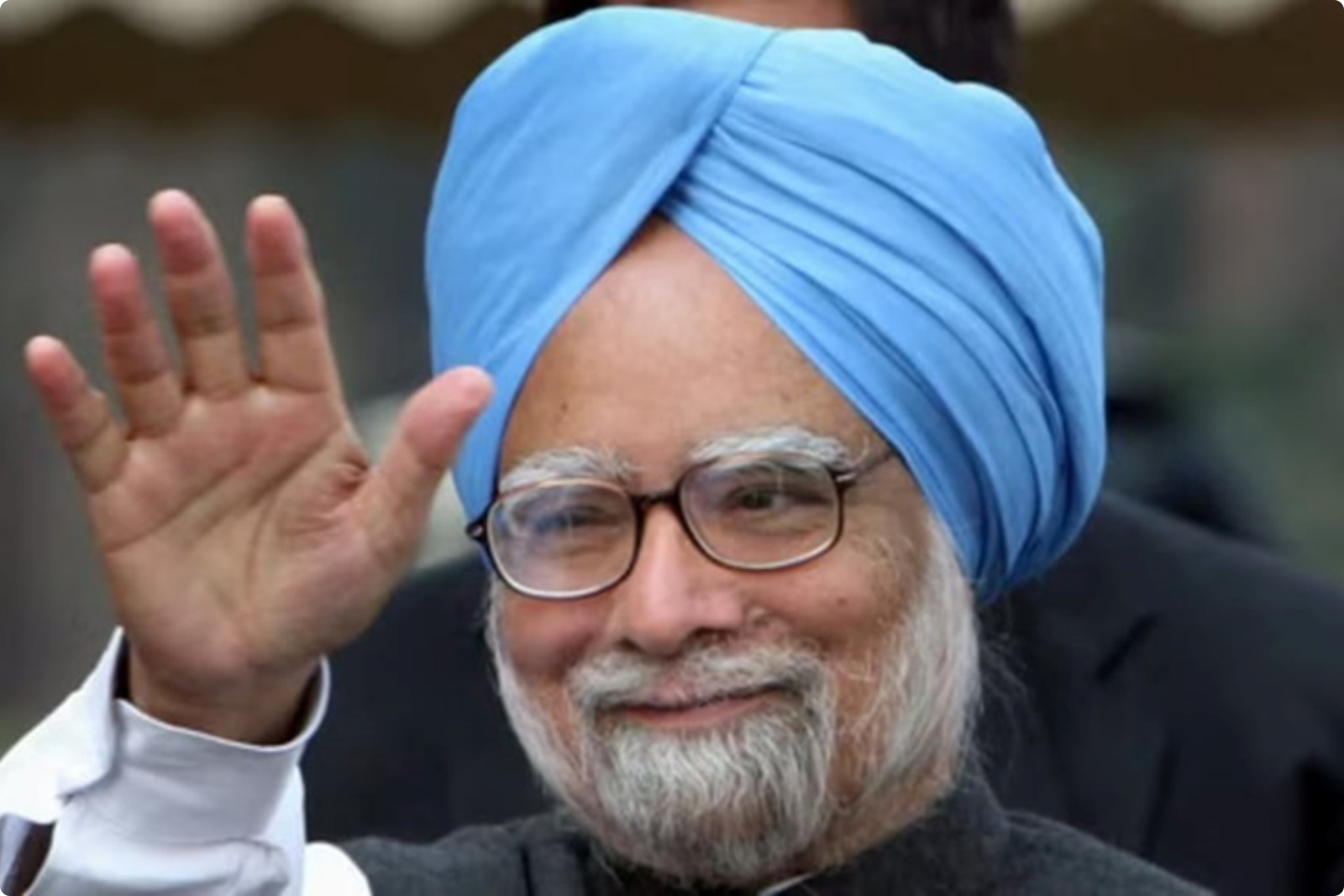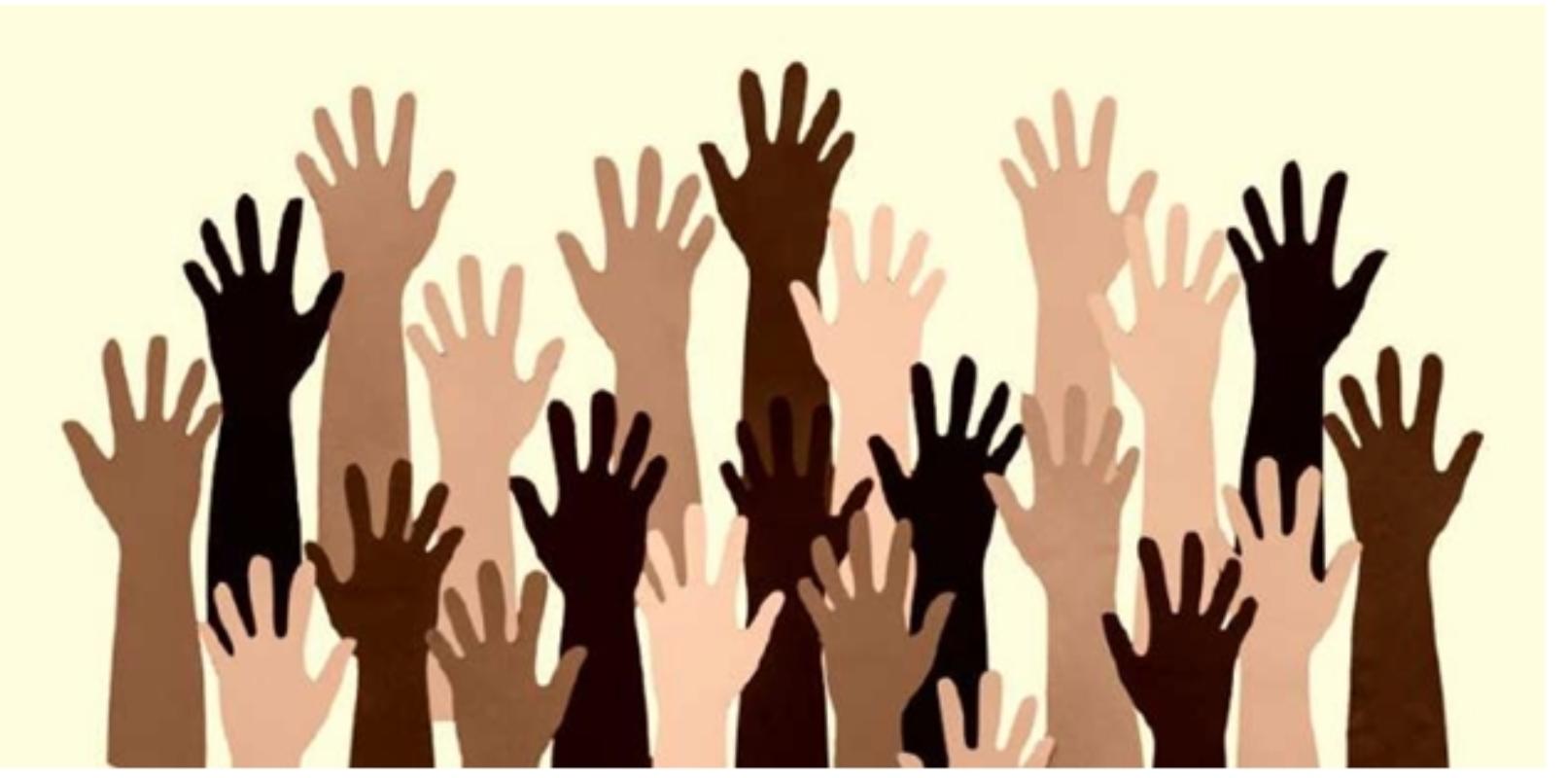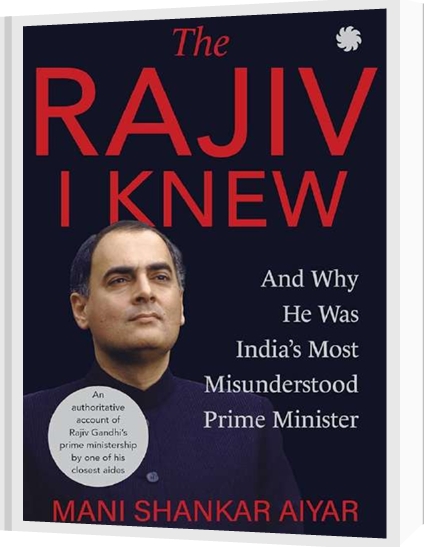This brief action report is based on ideas and reflections from an online panel discussion1 titled “The likely and desirable future of school education in the times of COVID19”, conducted by RGICS in June 2020. The panel consisted of Dr Alok Shukla, former Principal Secretary for Education, Chhattisgarh; Ms Chitra Ravi, Chrysalis; Prof Pankaj Jain, Gyan Shala; and Mr Sandeep Dutta, Learning Forward India Foundation.
The COVID pandemic hit India when millions of school children in India were either preparing for their end term examinations or were in the midst of it. The ensuing lockdown has disrupted the academic year. While the lower classes have been promoted without examinations, many affiliation boards are still mulling over options for key examinations (Class 10 and 12). At the same time, a huge challenge for policymakers, practitioners and innovators in the education sector has come to the fore, that is to continue education remotely, especially rural and public education system.
The school education system in India is marred by a variety of issues, such as low gross enrolment ratios, high pupil-teacher ratio (PTR) (particularly at secondary and senior secondary level), infrastructure (more so in the public sector), shortfall of teachers and lack of trained teachers, among others and consequently unimpressive learning outcomes2 . These issues are systemic and require to be addressed as such. However, these are out of the purview of this article. The discussion in the abovementioned panel discussion and this article are concerned with exploring strategies and ways to overcome the disruption caused by the pandemic. In the context of the uncertainty that opening up of educational institutions, especially schools, this report presents a few ideas in action and some ways forward.
Current Response
Various affiliation boards and and state governments, partnering with social enterprises and NGOs in some cases, have responded to the challenge posed by the pandemic. The immediate and most common response has been to rely on technology. The central government’s internet based platforms like Diksha, NROER, e-pathshala, and Swayam provide access to NCERT books and learning resources. The institutions of higher education in India were quick to take classes online and continued with the academic year without much trouble. A number of state governments have put similar digital platforms in place to provide access to learning material, interactive classes, and a feedback system. For instance, in Chhattisgarh, the government platform cgschool.in provides live, interactive and recorded sessions classified based in the curriculum of each class. All the textbooks are available in downloadable PDF. Relying on support from parents, there are home assignments available online, which pupils can complete and upload. These are evaluated by teachers, who give feedback and answer questions. Both teachers and students receive SMS notifications.
However, for school education system relying on a digital and tech based platforms does not suffice. There are two constraints, first, while urban areas are better placed in terms of access to digital infrastructure and services, rural areas are at a disadvantage. Second, the uptake of digital education for lower end private schools and public schools remains limited, while higher end private schools transition rather smoothly. The diversity and complexity of the school education system plays out more in case of such issues. In Chhattisgarh, the online platform mentioned above has reached 2 million students or 40% of the total in the state, and almost 100 % of some 200,000 teachers.
A number of innovators in school education sector have also responded in different ways. Chrysalis, a social enterprise which works largely with private schools on pedagogy, initiated an online program focused on emotional well being of the students. The program helps students deal with sudden changes brought into daily life due to the pandemic.
Eyes on the Future
Assuming that COVID situation will prevent opening up of schools until there are consistent zero cases over time, the new normal needs to be synthesised using best practices and solutions. Along with bridging the access gap, some key adjustments would have to be made to ensure that learning outcomes are achieved in the radically changed circumstances. It should also be an agenda to take up the task of transforming the school education in India to produce quality human resource.
Short Term Alternatives
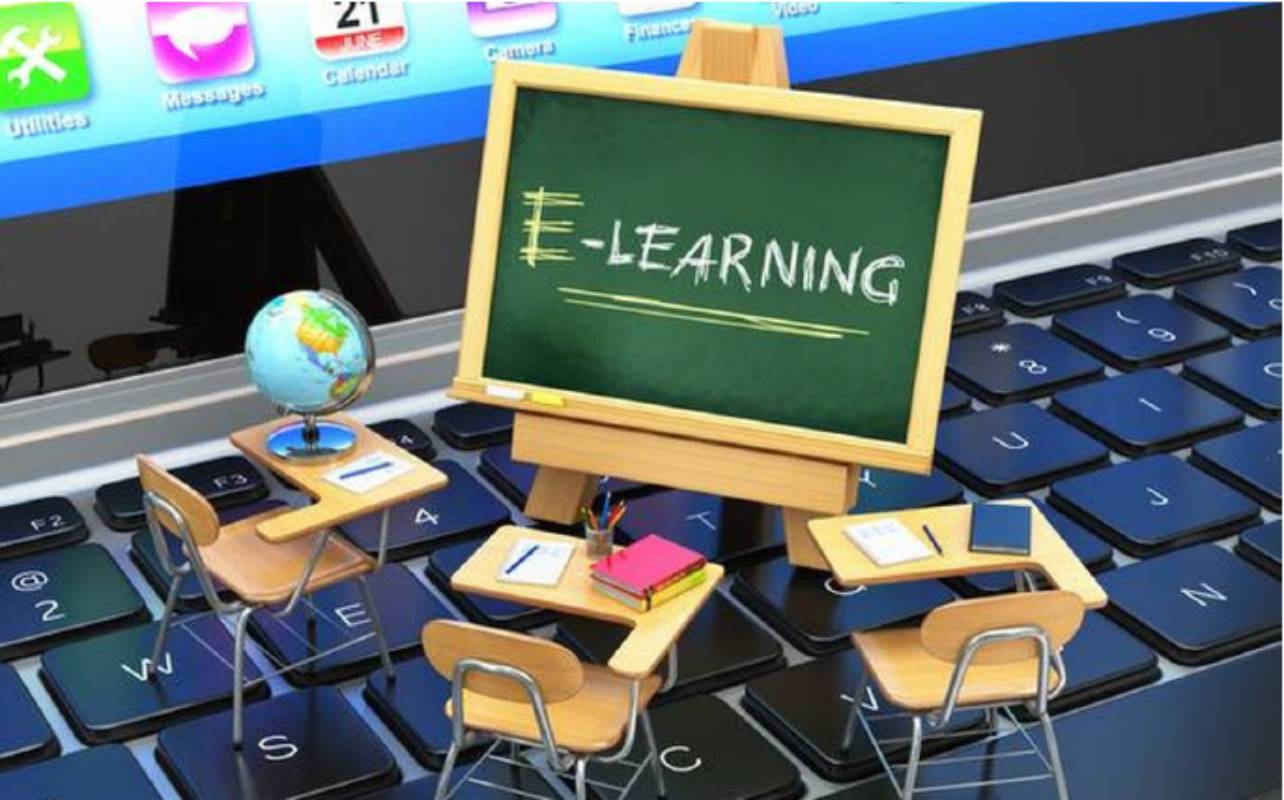
In order to address some of the aforementioned concerns with the current response to the disruption, in the short term, the focus needs to be on rural areas and public education system in both rural and urban. The DTH and radio seem to be prime contenders for short term alternatives. Under National Mission on Education through ICT, the MHRD runs the Swayam Prabha group of channels, which are dedicated to higher education. Similar initiative for school education may be beneficial. The access and context of learning community is an important factor in building such a system on scale. An innovative use of the most accessible medium of communication, the radio, perhaps provide a short term solution too access issue.
The Chhattisgarh government plans to introduce audio content at a much wider scale, primarily through a call centre wherein parents/ children can call a toll free number and request to listen to content of their choice. For tribal areas, something called ‘Bulltu’ radio is a popular medium of listening to audio content. It is basically a mechanism of sharing audio files among people who come to weekly tribal haats (markets) using Bluetooth technology on handsets. This is especially important for remote areas with little or no network reception or connectivity. An Android app of the state board wherein one can download and save digital content while connected and view later during no connectivity also seems to be under progress.25
The short term and rather immediate responses are essentially focused on filling up the sudden and huge gap between the learner and the learning resource. The task is humongous given around 260 million school children in India, much of which are in understaffed and under funded public education system. The challenge gets accentuated when proportion of children in rural areas is considered. The current approach is heavily reliant on technology, perhaps rightly so. However, without much research into the capacity of delivering the desirable outcomes, the current approach is likely to be not enough. In other words, through short term response of the system, digital and tech based learning resources are simply establishing channels of learning, which requires crucial adjustments in the medium term to achieve the required learning outcomes.
Medium Term Adjustments
The curriculum for school education needs to be adjusted for reduced in-school time. An appropriate process of consultation with educators and experts in the country is essential while carrying out the said reduction. Recently, the CBSE made some adjustments to the curriculum, wherein, complete chapters have been omitted from the syllabus for secondary and higher secondary classes. Such decisions run contrary to the objectives of school education. While parts of a chapter may be reduced or omitted, key concepts and ideas that all the chapters bring together must be retained. The objective of this exercise must be to achieve similar levels of learning outcomes, while bringing in a structured involvement of parents in the process.
Having said that, an important distinction must be made between home schooling and home learning. What the disruption caused by the pandemic calls for is home learning, as home schooling is rather a complex process which requires knowledge of teaching methodologies. The unequipped parents and guardians in case of first generation learners as well as educated 26
parents, with additional constraints on their time and energy, simply cannot replace the role that trained and experienced teachers play at school. Therefore, the suggestions of home schooling do not hold much merit. However, home learning is completely different, wherein activity based learning, through play or do-it-yourself activities involving parents, can be delivered by teachers remotely. This type of engagement also keeps in mind the limitations of using smart devices and technology, which are typically rooted in the context in which learning takes place and also the attention span which a learner has while working on a screen.
In remote or inaccessible rural areas, something like what Chhattisgarh government plans to execute may be desirable. The concept of mobile schools addresses the concern of both accessibility and safety. In this approach, teachers are provided with smart devices/ tabs with structured learning resources with minimal instruments mounted on a two wheeler. The teacher visits the remote villages and carries out classes in the open while maintaining social distancing among pupils. In doing so, it avoids crowded indoor classrooms, does away the need of children having to travel to school, provides access to a professional teacher and contextualises learning that is often crucial for rural children.
In essence, the medium term adjustments cannot dispense with technology and ICT either. In fact, the adjustments make an instrumental use of technology to apply the knowledge of pedagogy and learning theories. The recent announcement of partnership between Google and CBSE focuses on training 1 million teachers in digital education to deliver “blended learning” in around 22000 schools by end of 2020.2 A synthesis of pedagogy, restructured curriculum, involvement of parents/ guardians and technology with a trained teacher at the centre, could be the desirable medium term approach for carrying on with the current academic year.
Long Term Transformation
While the uncertainty remains, the pandemic has provided the opportunity to reimagine the school education system in India. Within the huge, complex, and diverse system of 260 million students, around 20 million teachers there are numerous areas of improvement. By and large, while the gaps remain in basic infrastructure in public and low cost schools, the incremental expenditure on school education has failed to yield adequate learning outcomes, as consecutive ASER reports indicate.3 The foremost issue of concern is the quality of teachers and the scale at which it is required. Additionally, non-teaching and administrative work in public system reduces the time available for skill enhancement. While India lacks excellent teachers, what it does possess is a large number of moderate quality teachers. The opportunity lies in leveraging the factors in the ecosystem, such as a child’s ability to learn, establishing relationships between teachers, parents, management and the community, etc., to enable moderate quality teachers to deliver the desired level of outcomes. An important factor in that opportunity is the second major issue of the school system, that is the curriculum.
The curriculum in schools remains bulky and rigid. Just as a set curriculum may not appeal to skills and abilities of different children, it might also not do good to different quality of teachers with varying skill level. A redesigned and structured curriculum that reduces the reliance on and simplifies the role of a teacher using established theories of learning, and has something for all children with varying abilities might be more appealing to the Indian context as a starter. The fundamental feature of school education that has remained more or less static for a long time in India, perhaps the world, is the pedagogy. The method of teaching in schools is identical whether it is private or public system. There is a group of children in a room with a teacher who is supposed to know one subject better than others. The learning outcomes take priority and overall development of every child’s unique character takes a backseat. The pedagogy must take into account social, emotional and physical development of children that remain outside of the assessment framework.
What perhaps is required is a school culture transformation, with each individual involved in the system as one to be developed. This requires rethinking the relationships in the system with teachers at the centre, build environment for a continuous capacity enhancement of children, teachers, management as well as the larger community, including the parents. In essence, a deliberative systemic overhaul through a wide and varied community of practice seems to be a good way forward.
Conclusion
In the COVID era, the schools are likely to remain shut, however, the learning has to continue. The use of technology is helpful and even necessary, but considering it a panacea is just oversimplification of what is required. For a temporary uncertainty such as this, writing off the schools and teachers may not be helpful either. In fact, it is required to utilise this opportunity to reimagine the school education system in India having teachers at the centre. It can be achieved by bringing in improved pedagogy based on established learning theories and the context of learners, wide scale teacher training programs, and involvement of the community and the management. To devise such a system, it is always better to create a community of practice to lead the process. Such community of practice is intrinsic to the ecosystem and more often than not, understands constraints, strengths and solutions better than the decision makers.
Footnotes:
1 https://www.rgics.org/aiovg_videos/panel-discussion-the-likely-and-the-desirable-future-of-school-education-in-the-time-of-covid19/
2 Educational Statistics at a Glance, Ministry of Human Resource Development, GoI, 2018
2 Google partners with CBSE to train 1 million teachers to deliver ‘blended learning’, NDTV, 2020
3 https://www.asercentre.org


